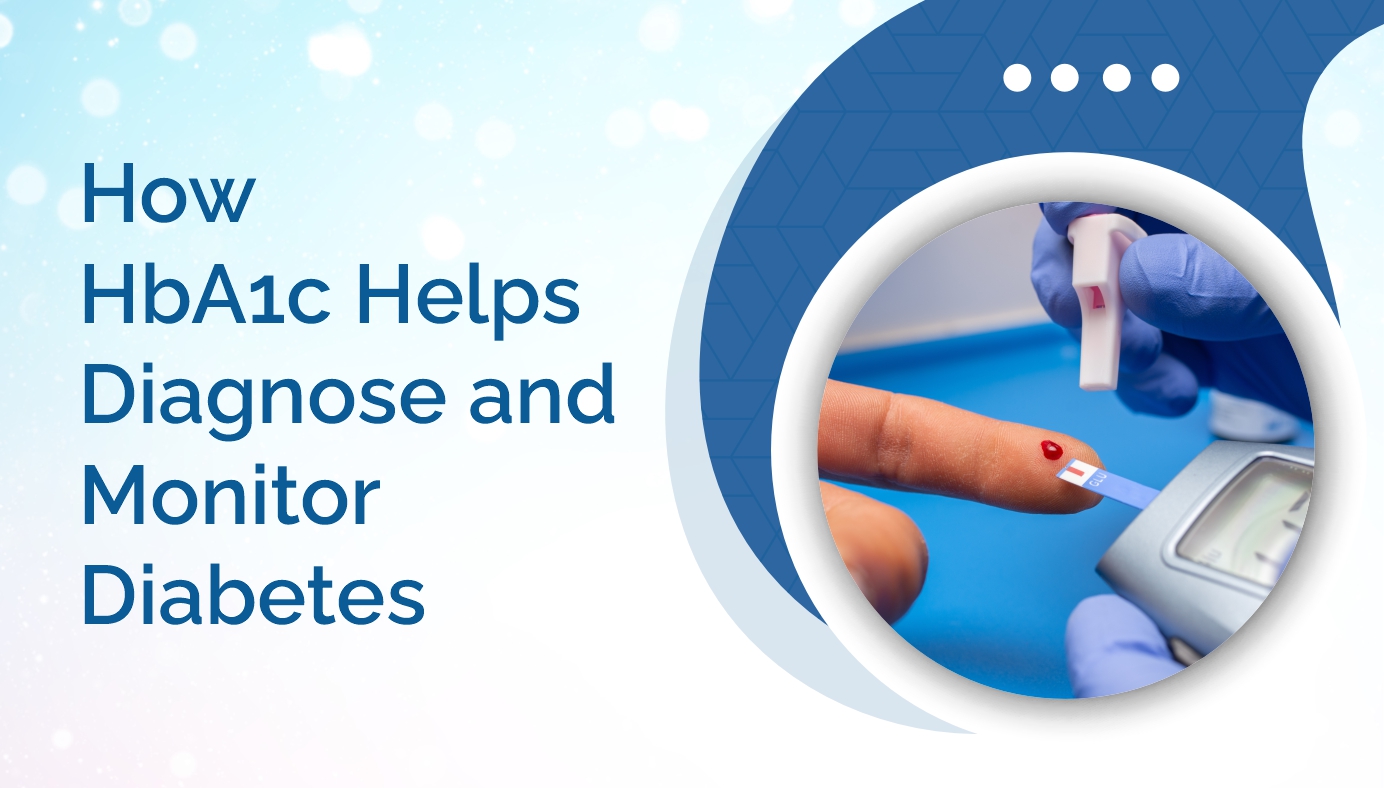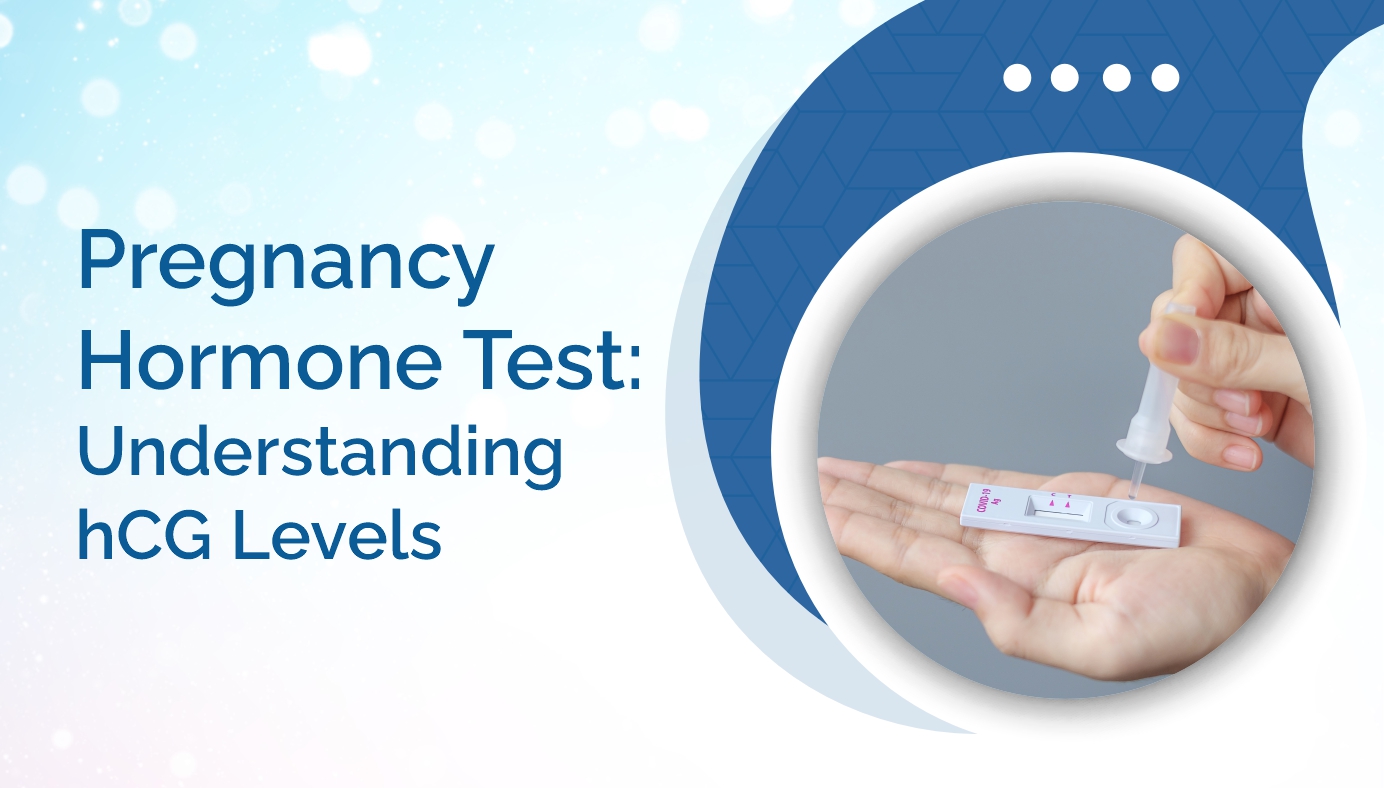


Condition
- Top tests
- Top tests
- Lifestyle Packages
- Infectious
- Preventive Health Checkup
- Diabetes
- Diabetes
- Preventive Health Checkup
- Top tests
- Top tests
- Heart Disease & Hypertension
- Lifestyle Packages
- Preventive Health Checkup
- Diabetes
- Diabetes
- Preventive Health Checkup
- Preventive Health Checkup
- Top tests
- Lifestyle Packages
- Diabetes
- Preventive Health Checkup
- Top tests
- Lifestyle Packages
- Diabetes
- Diabetes
- Diabetes
- Diabetes
- Diabetes
- Diabetes
- Preventive Health Checkup
- Preventive Health Checkup
- Diabetes
- Preventive Health Checkup
- Preventive Health Checkup
- Genomics
- Others
- Others
- Others
- Preventive Health Checkup
- Pulmonary / Infectious
- Diabetes
- Diabetes
- Others
- Preventive Health Checkup
- Others
- Preventive Health Checkup
- Top tests
- Others
- Genetics
- Others
- Gastrointestinal / Skeletomuscular
- Gastrointestinal / Skeletomuscular
- Others
- Others
- Others
- Others
- Others
- Others
- Others
- Others
- Others
- Others
- Others
- Others
- Others
- Others
- Others
- Others
- Others
- Others
- Others
- Others
- Others
- Others
- Others
- Others
- Others
- Others
- Others
- Others
- Others
- Others
- Others
- Others
- Others
- Others
- Others
- Others
- Others
- Others
- Others
- Others
- Others
- Others
- Others
- Others
- Others
- Others
- Others
- Others
- Others
- Others
- Others
- Others
- Others
- Others
- Others
- Others
- Others
- Others
- Others
- Others
- Others
- Others
- Others
- Others
- Others
- Others
- Top tests
- Top tests
- Top tests
- Top tests
- Top tests
- Top tests
- Top tests
- Top tests
- Top tests
- Preventive Health Checkup
- Top tests
- Top tests
- Top tests
- Top tests
- Blood Banking & Transfusion
- Lifestyle Packages
- Blood Banking & Transfusion
- Blood Banking & Transfusion
- Top tests
- Top tests
- Lifestyle Packages
- Diabetes
- Blood Banking & Transfusion
- Blood Banking & Transfusion
- Blood Banking & Transfusion
- Blood Banking & Transfusion
- Blood Banking & Transfusion
- Others
- Others
- Others
- Others
- Blood Banking & Transfusion
- Blood Banking & Transfusion
- Blood Banking & Transfusion
- Blood Banking & Transfusion
- Vitamin Deficiency
- Vitamin Deficiency
- Vitamin Deficiency
- Vitamin Deficiency
- Vitamin Deficiency
- Blood Banking & Transfusion
- Blood Banking & Transfusion
- Blood Banking & Transfusion
- Blood Banking & Transfusion
- Diabetes
- Diabetes
- Heart Disease & Hypertension
- Preventive Health Checkup
- Diabetes
- Preventive Health Checkup
- Preventive Health Checkup
- Diabetes
- Diabetes
- Heart Disease & Hypertension
- Top tests
- Heart Disease & Hypertension
- Diabetes
- Top tests
- Diabetes
- Heart Disease & Hypertension
- Lifestyle Packages
- Heart Disease & Hypertension
- Lifestyle Packages
- Heart Disease & Hypertension
- Heart Disease & Hypertension
- Lifestyle Packages
- Preventive Health Checkup
- Preventive Health Checkup
- Top tests
- Preventive Health Checkup
- Heart Disease & Hypertension
- Heart Disease & Hypertension
- Heart Disease & Hypertension
- Top tests
- Top tests
- Lifestyle Packages
- Heart Disease & Hypertension
- Heart Disease & Hypertension
- Top tests
- Heart Disease & Hypertension
- Preventive Health Checkup
- Diabetes
- Lifestyle Packages
- Heart Disease & Hypertension
- Top tests
- Heart Disease & Hypertension
- Heart Disease & Hypertension
- Diabetes
- Lifestyle Packages
- Preventive Health Checkup
- Diabetes
- Top tests
- Diabetes
- Allergy
- Heart Disease & Hypertension
- Diabetes
- Heart Disease & Hypertension
- Diabetes
- Lifestyle Packages
- Lifestyle Packages
- Top tests
- Preventive Health Checkup
- Lifestyle Packages
- Preventive Health Checkup
- Preventive Health Checkup
- Diabetes
- Top tests
- Heart Disease & Hypertension
- Preventive Health Checkup
- Top tests
- Heart Disease & Hypertension
- Lifestyle Packages
- Lifestyle Packages
- Diabetes
- Preventive Health Checkup
- Top tests
- Diabetes
- Top tests
- Preventive Health Checkup
- Preventive Health Checkup
- Preventive Health Checkup
- Diabetes
- Lifestyle Packages
- Lifestyle Packages
- Heart Disease & Hypertension
- Lifestyle Packages
- Heart Disease & Hypertension
- Lifestyle Packages
- Preventive Health Checkup
- Preventive Health Checkup
- Preventive Health Checkup
- Lifestyle Packages
- Top tests
- Lifestyle Packages
- Top tests
- Lifestyle Packages
- Top tests
- Diabetes
- Diabetes
- Others
- Blood Disorders
- Top tests
- Others
- Others
- Others
- Fever
- Fever
- Blood Disorders
- Blood Disorders
- Preventive Health Checkup
- Preventive Health Checkup
- Profile
- Kidney Disease
- Kidney Disease
- Diabetes
- Diabetes
- Heart Disease & Hypertension
- Preventive Health Checkup
- Lifestyle Packages
- Thyroid Disorder
- Diabetes
- Diabetes
- Diabetes
- Diabetes
- Diabetes
- Diabetes
- Diabetes
- Top tests
- Allergy
- Top tests
- Top tests
- Top tests
- Top tests
- Diabetes
- Top tests
- Diabetes
- Top tests
- Top tests
- Top tests
- Liver Disease
- Diabetes
- Top tests
- Vitamin Deficiency
- Top tests
- Top tests
- Liver Disease
- Top tests
- Top tests
- Top tests
- Anemia
- Anemia
- Anemia
- Diabetes
- Diabetes
- Anemia
- Top tests
- Top tests
- Top tests
- Preventive Health Checkup
- Thyroid Disorder
- Heart Disease & Hypertension
- Top tests
- Preventive Health Checkup
- Diabetes
- Heart Disease & Hypertension
- Top tests
- Fever
- Allergy
- Liver Disease
- Lifestyle Packages
- Heart Disease & Hypertension
- Top tests
- Arthritis
- Top tests
- Top tests
- Heart Disease & Hypertension
- Kidney Disease
- Preventive Health Checkup
- Allergy
- Top tests
- Lifestyle Packages
- Top tests
- Kidney Disease
- Top tests
- Lifestyle Packages
- Top tests
- Preventive Health Checkup
- Preventive Health Checkup
- Top tests
- Top tests
- Vitamin Deficiency
- Allergy
- Diabetes
- Top tests
- Top tests
- Top tests
- Top tests
- Heart Disease & Hypertension
- Allergy
- Top tests
- Preventive Health Checkup
- Top tests
- Top tests
- Infertility
- Top tests
- Lifestyle Packages
- Allergy
- Diabetes
- Heart Disease & Hypertension
- Lifestyle Packages
- Preventive Health Checkup
- Preventive Health Checkup
- Top tests
- Preventive Health Checkup
- Top tests
- Diabetes
- Top tests
- Infertility
- Top tests
- Thyroid Disorder
- Top tests
- Allergy
- Preventive Health Checkup
- Vitamin Deficiency
- Top tests
- Top tests
- Infertility
- Lifestyle Packages
- Diabetes
- Liver Disease
- Kidney Disease
- Vitamin Deficiency
- Top tests
- Heart Disease & Hypertension
- Heart Disease & Hypertension
- Top tests
- Heart Disease & Hypertension
- Heart Disease & Hypertension
- Heart Disease & Hypertension
- Infertility
- Heart Disease & Hypertension
- Vitamin Deficiency
- Vitamin Deficiency
- Arthritis
- Arthritis
- Top tests
- Top tests
- Lifestyle Packages
- Preventive Health Checkup
- Lifestyle Packages
- Preventive Health Checkup
- Vitamin Deficiency
- Top tests
- Lifestyle Packages
- Lifestyle Packages
- Preventive Health Checkup
- Top tests
- Preventive Health Checkup
- Top tests
- Heart Disease & Hypertension
- Infertility
- Top tests
- Top tests
- Preventive Health Checkup
- Lifestyle Packages
- Top tests
- PCOD
- Preventive Health Checkup
- Lifestyle Packages
- Preventive Health Checkup
- Top tests
- Fever
- PCOD
- Kidney Disease
- Top tests
- Top tests
- Preventive Health Checkup
- Preventive Health Checkup
- Liver Disease
- Thyroid Disorder
- Top tests
- Heart Disease & Hypertension
- PCOD
- Top tests
- Arthritis
- Preventive Health Checkup
- Kidney Disease
- Lifestyle Packages
- Top tests
- Allergy
- Top tests
- Top tests
- Diabetes
- Thyroid Disorder
- Preventive Health Checkup
- Top tests
- Lifestyle Packages
- Preventive Health Checkup
- Top tests
- Kidney Disease
- Liver Disease
- Infertility
- Top tests
- Anemia
- Top tests
- Top tests
- Top tests
- Preventive Health Checkup
- Bone Health
- Cancer
- Fatty Liver

Tests
In today's world, where health concerns are increasingly prevalent, it's crucial to understand various medical conditions that can impact our lives. One such condition is eosinophilia. If you or someone you know is dealing with unexplained symptoms like fatigue or skin rashes, understanding eosinophilia could offer some answers. This comprehensive guide explores what eosinophilia is, its symptoms, causes, and available treatments.
What is Eosinophilia?
Eosinophilia is a medical condition characterized by an elevated number of eosinophils in the blood. Eosinophils are a type of white blood cell that plays a critical role in the body's immune response, particularly in combating parasites and infections. However, when their levels become too high, they can cause a variety of health issues.
The normal range of eosinophils in the blood is typically between 1-6% of the total white blood cell count. Eosinophilia is diagnosed when eosinophils exceed 500 cells per microliter of blood. It's essential to identify and manage this condition early to prevent complications.
Recognizing the Symptoms of Eosinophilia
Eosinophilia can present a wide range of symptoms, depending on its severity and underlying cause. Common symptoms include fatigue, fever, cough, and shortness of breath. Some people may also experience abdominal pain or diarrhea, particularly if a parasitic infection is involved.
Skin rashes and itching are also frequent symptoms, as eosinophils can infiltrate the skin and cause inflammation. In more severe cases, eosinophilia can affect organs like the lungs, heart, and gastrointestinal tract, leading to more serious health issues.
Understanding these symptoms is the first step in seeking appropriate medical attention. If you notice any of these signs, it's essential to consult a healthcare provider for a proper diagnosis and treatment plan.
Common Causes of Eosinophilia
Eosinophilia can be triggered by various factors, ranging from infections to allergic reactions. Parasitic infections are a leading cause, particularly in regions where parasites are common. Allergic reactions to medications, foods, or environmental factors can also elevate eosinophil levels.
Autoimmune diseases like lupus or rheumatoid arthritis may cause eosinophilia as the body's immune system mistakenly attacks healthy tissues. Certain cancers, such as Hodgkin's lymphoma, can also lead to elevated eosinophil counts.
Identifying the underlying cause of eosinophilia is crucial for effective treatment. Comprehensive medical evaluations, including blood tests and imaging studies, can help pinpoint the exact cause.
Diagnostic Procedures for Eosinophilia
Diagnosing eosinophilia involves a series of tests and evaluations. Blood tests are the primary diagnostic tool, measuring the number of eosinophils in the bloodstream. A complete blood count (CBC) can provide valuable insights into the overall health and function of the immune system.
In some cases, a bone marrow biopsy may be necessary to determine whether the bone marrow is producing an excessive number of eosinophils. Imaging studies like X-rays or CT scans can help identify any organ damage caused by eosinophilia.
Accurate diagnosis is essential for developing an effective treatment plan. Early detection can significantly improve outcomes and prevent complications.
Treatment Options for Eosinophilia
Treatment for eosinophilia depends on the underlying cause and severity of the condition. For mild cases, monitoring and managing symptoms may be sufficient. However, more severe cases require targeted treatment approaches.
Corticosteroids are commonly prescribed to reduce inflammation and suppress the immune system. These medications can help lower eosinophil levels and alleviate symptoms. In cases of parasitic infections, antiparasitic medications are necessary to eradicate the infection and normalize eosinophil counts.
For individuals with autoimmune diseases, immunosuppressive drugs may be required to control the immune response. Regular follow-up appointments and blood tests are essential to monitor the condition and adjust treatment as needed.
Lifestyle Changes to Manage Eosinophilia
In addition to medical treatments, certain lifestyle changes can help manage eosinophilia. A balanced diet rich in fruits, vegetables, and whole grains can support overall health and strengthen the immune system. Avoiding known allergens and irritants, such as certain foods or environmental triggers, can also reduce eosinophil levels.
Regular exercise can improve cardiovascular health and boost the immune system's function. Stress management techniques, such as meditation or yoga, can help reduce inflammation and support overall well-being.
Incorporating these lifestyle changes into your daily routine can complement medical treatments and improve your quality of life.
The Role of Diet in Eosinophilia Management
Diet plays a crucial role in managing eosinophilia. Certain foods can exacerbate symptoms, while others can help reduce inflammation and support immune function. Anti-inflammatory foods, such as fatty fish, nuts, seeds, and leafy greens, can help lower eosinophil levels.
Avoiding allergenic foods, such as dairy, gluten, or nuts, can also prevent flare-ups. Keeping a food diary can help identify any dietary triggers and make necessary adjustments.
Consulting a registered dietitian can provide personalized dietary recommendations and support long-term management of eosinophilia.
Understanding the Impact of Allergies on Eosinophilia
Allergies are a significant contributor to eosinophilia. Common allergens, such as pollen, dust mites, or pet dander, can trigger an immune response and elevate eosinophil levels. Identifying and avoiding these allergens is crucial for managing symptoms.
Allergy testing can help pinpoint specific triggers and guide treatment options. Antihistamines or allergy shots may be recommended to reduce allergic reactions and lower eosinophil counts.
Implementing allergy-proofing measures in your home, such as using air purifiers or hypoallergenic bedding, can also help reduce exposure to allergens.
The Connection Between Eosinophilia and Asthma
Eosinophilia is closely linked to asthma, a chronic respiratory condition characterized by inflammation and narrowing of the airways. Elevated eosinophil levels can contribute to asthma symptoms, such as wheezing, coughing, and shortness of breath.
Managing eosinophilia is essential for controlling asthma. Inhaled corticosteroids or biologic therapies may be prescribed to reduce inflammation and improve lung function. Regular monitoring and adherence to treatment plans are crucial for maintaining asthma control.
Understanding this connection can help individuals with eosinophilia and asthma manage their conditions more effectively.
The Importance of Monitoring Eosinophil Levels
Regular monitoring of eosinophil levels is critical for managing eosinophilia. Blood tests can track changes in eosinophil counts and help assess the effectiveness of treatments. Consistent monitoring allows healthcare providers to make necessary adjustments to treatment plans and prevent complications.
Individuals with eosinophilia should also monitor their symptoms and report any changes to their healthcare provider. Early intervention can prevent worsening of the condition and improve outcomes.
Staying proactive and engaged in your healthcare can make a significant difference in managing eosinophilia.
Conclusion
Understanding eosinophilia is crucial for managing this condition effectively. By recognizing symptoms, identifying causes, and seeking appropriate treatments, individuals with eosinophilia can lead healthier lives. Lifestyle changes, regular monitoring, and emotional support play essential roles in managing this condition.
If you suspect you have eosinophilia or are experiencing related symptoms, consult a healthcare provider for a proper diagnosis and personalized treatment plan. Stay proactive in your health, and remember that support and resources are available to help you on your journey.
WANT TO BOOK HEALTH CHECKUP ?
Categories
Top tests
107
Lifestyle Packages
39
Infectious
1
Preventive Health Checkup
59
Diabetes
54
Heart Disease & Hypertension
38
Genomics
1
Others
81
Pulmonary / Infectious
1
Genetics
1
Gastrointestinal / Skeletomuscular
2
Blood Banking & Transfusion
16
Vitamin Deficiency
12
Allergy
9
Blood Disorders
3
Fever
4
Profile
1
Kidney Disease
8
Thyroid Disorder
5
Liver Disease
6
Anemia
5
Arthritis
4
Infertility
6
PCOD
3
Bone Health
1
Cancer
1
Fatty Liver
1
Recent Blogs
Coagulation Profile (PT, aPTT): Understanding Blood Clotting Tests
Hemostasis, widely known as blood clotting, is a sophisticated physiological process that...
30-12-2025
How HbA1c Helps Diagnose and Monitor Diabetes
Managing diabetes effectively requires consistent monitoring of blood sugar levels. While...
30-12-2025
Pregnancy Hormone Test: Understanding hCG Levels
Seeing those two pink lines or a flashing "Pregnant" on a digital display is a life-changing...
29-12-2025





.jpg)

